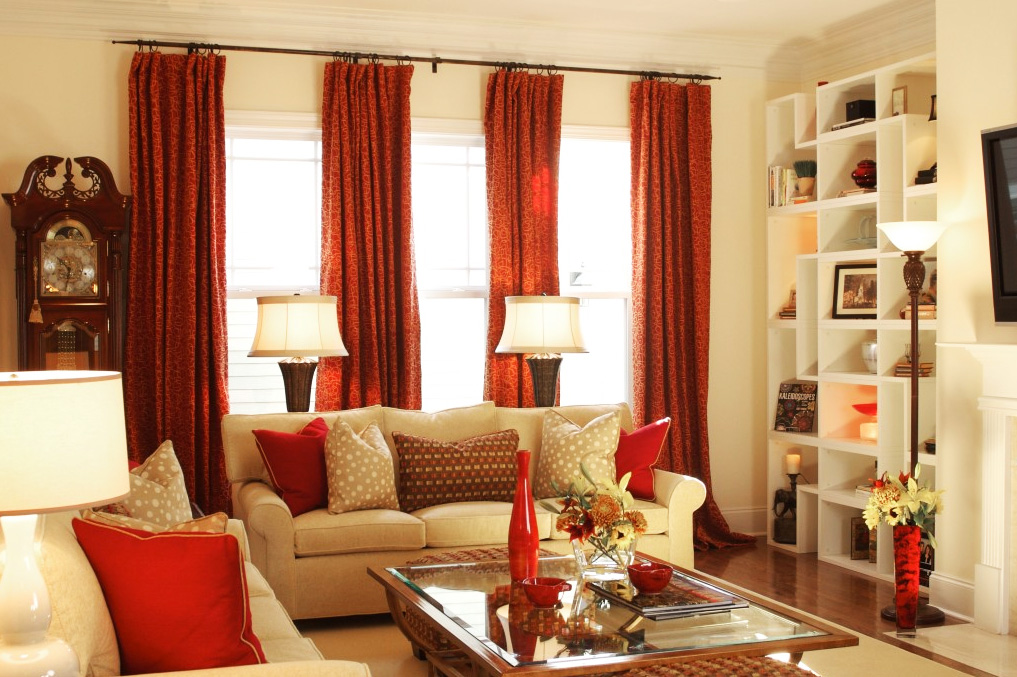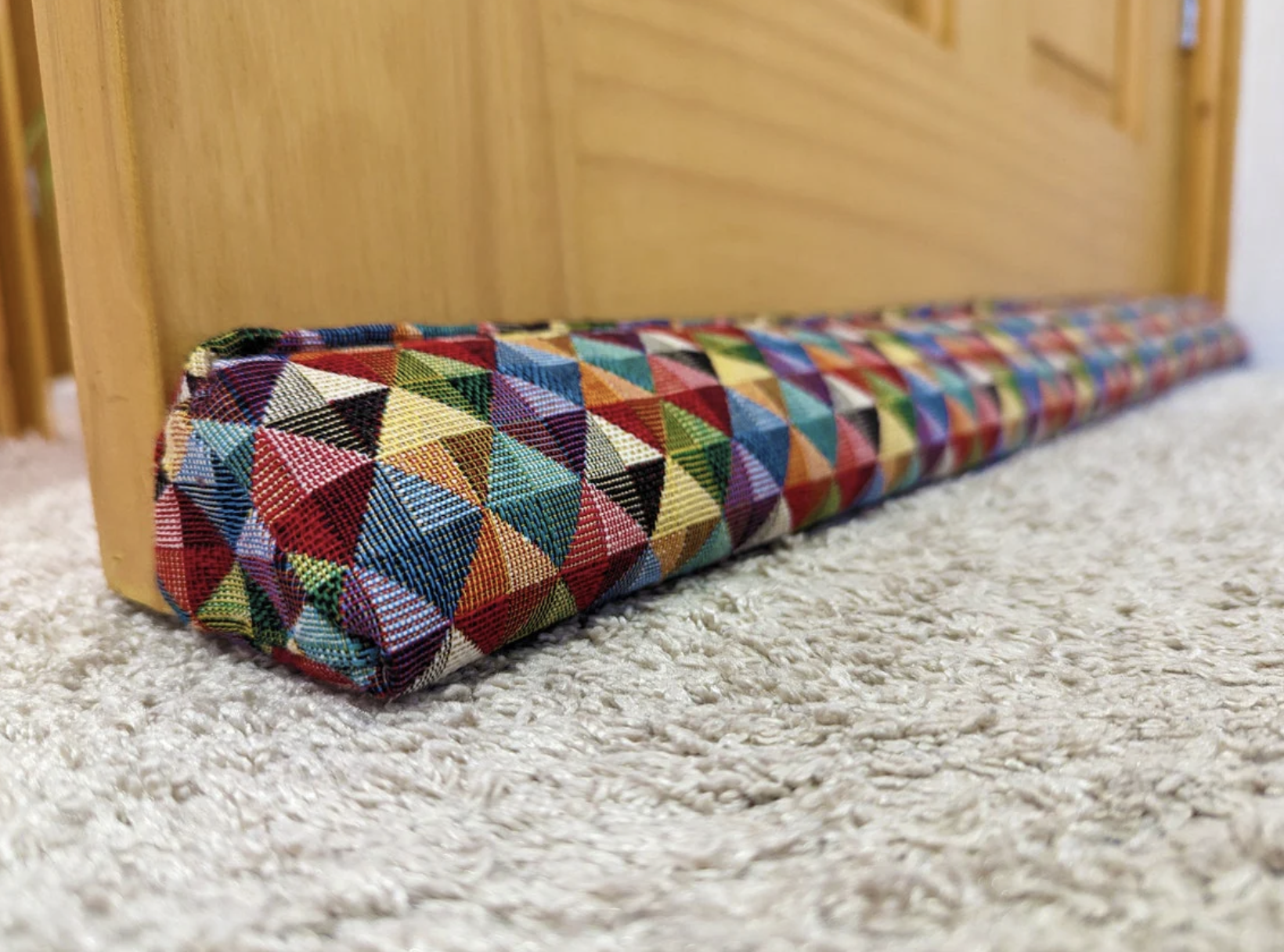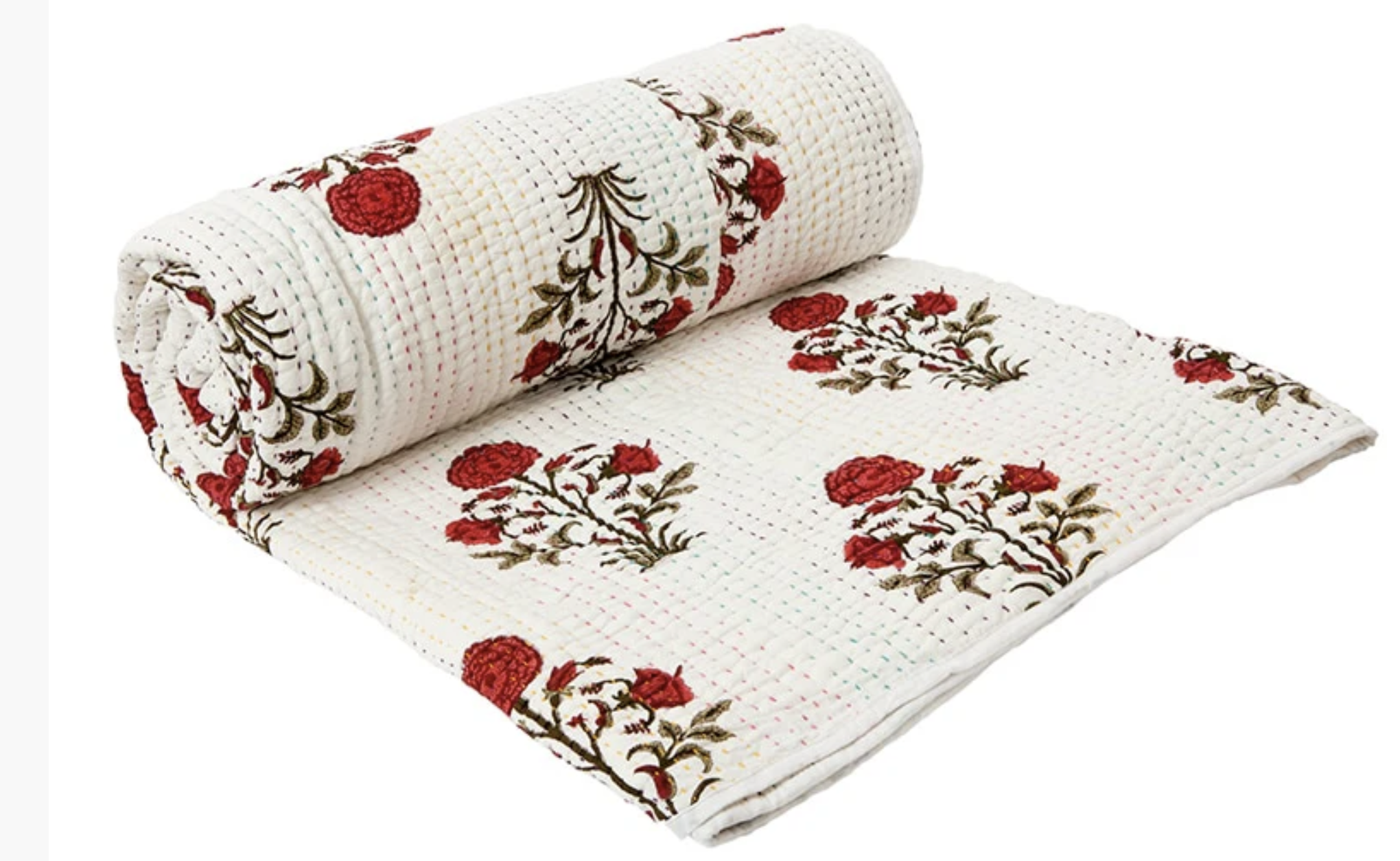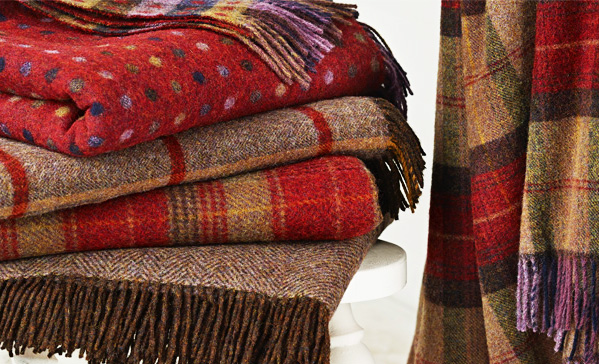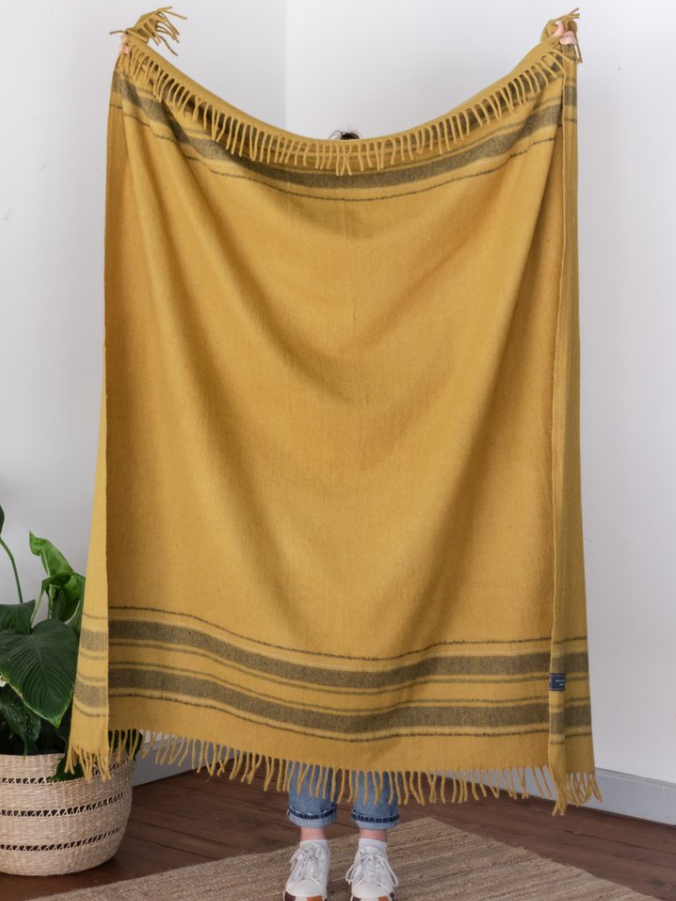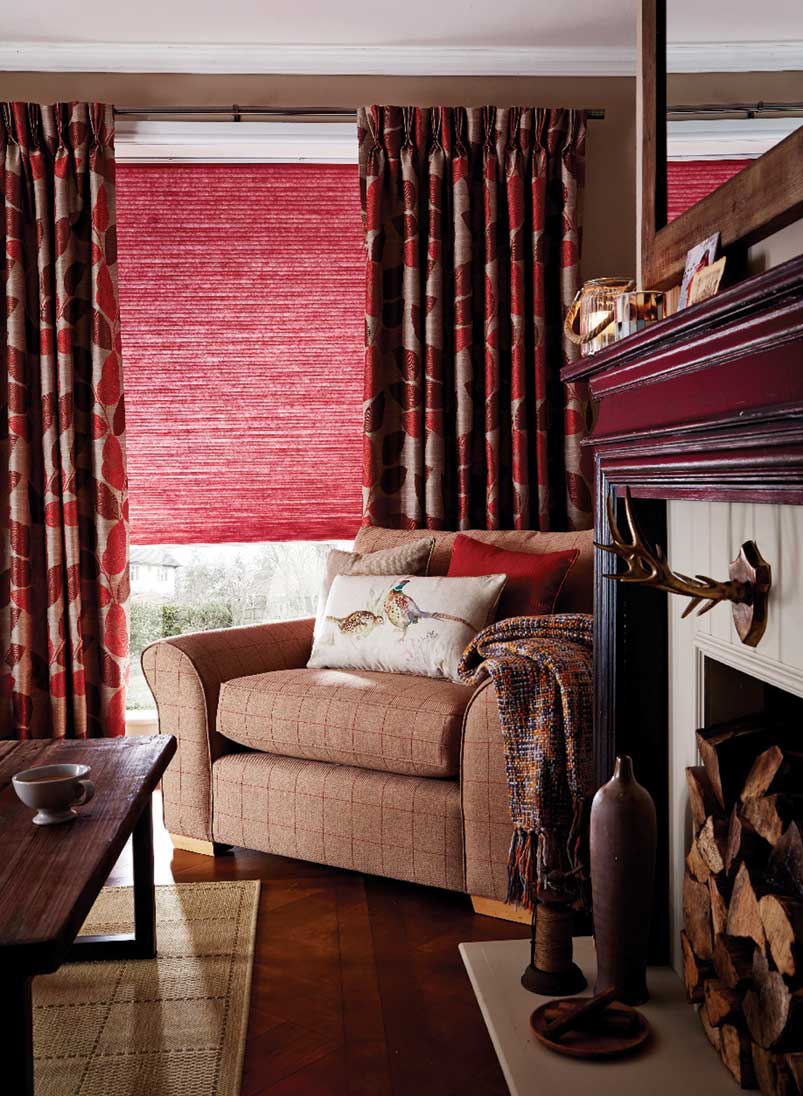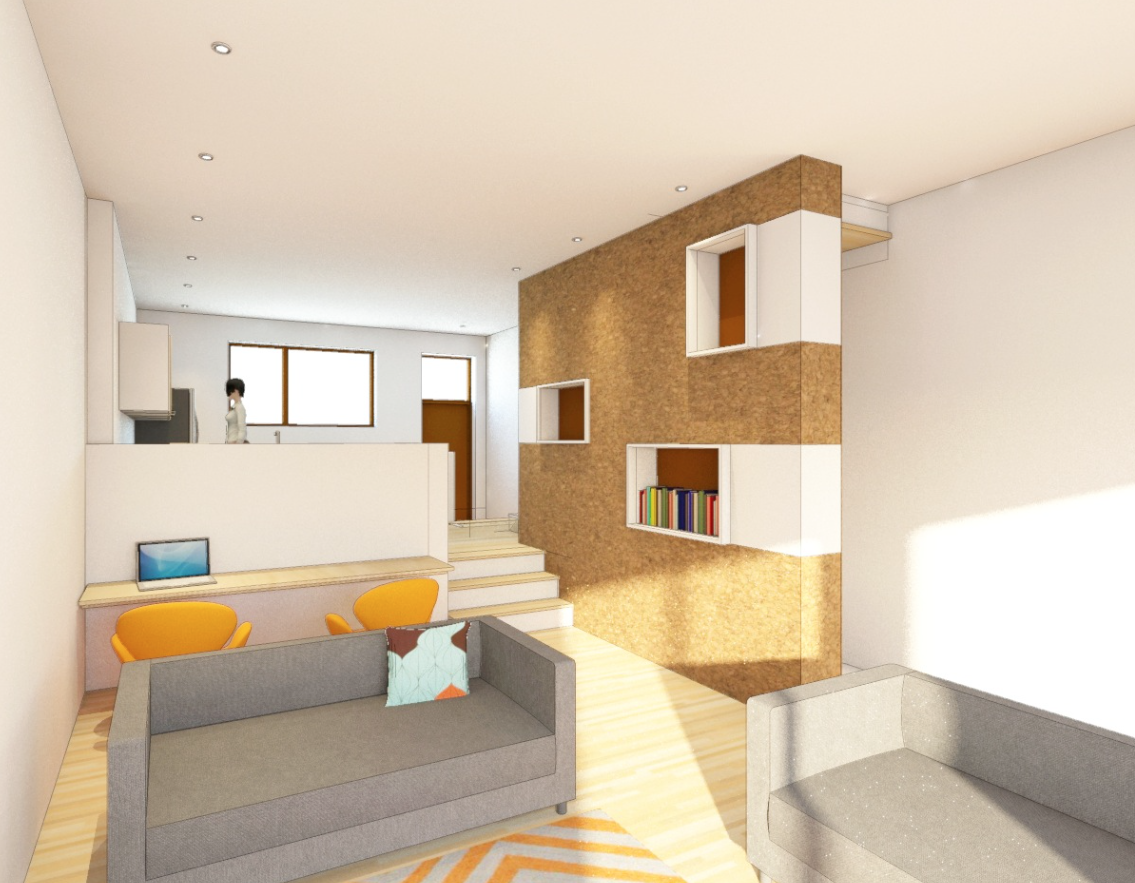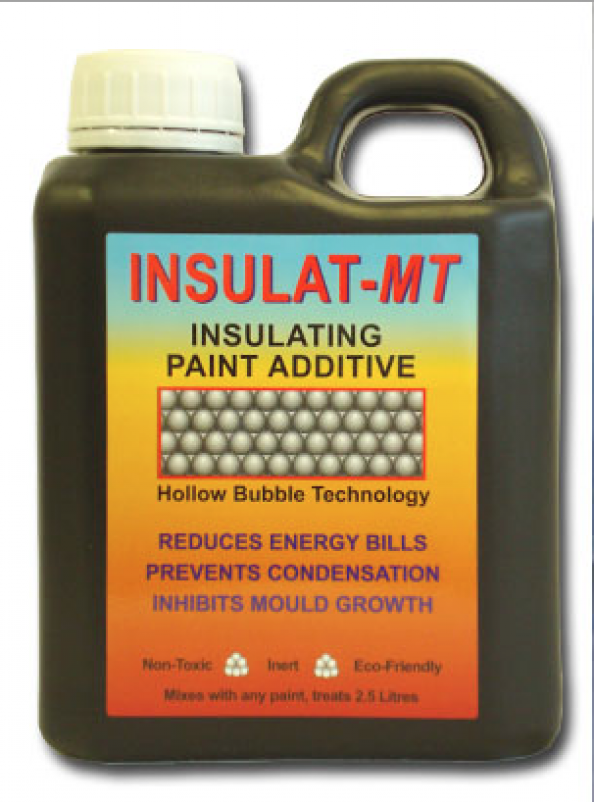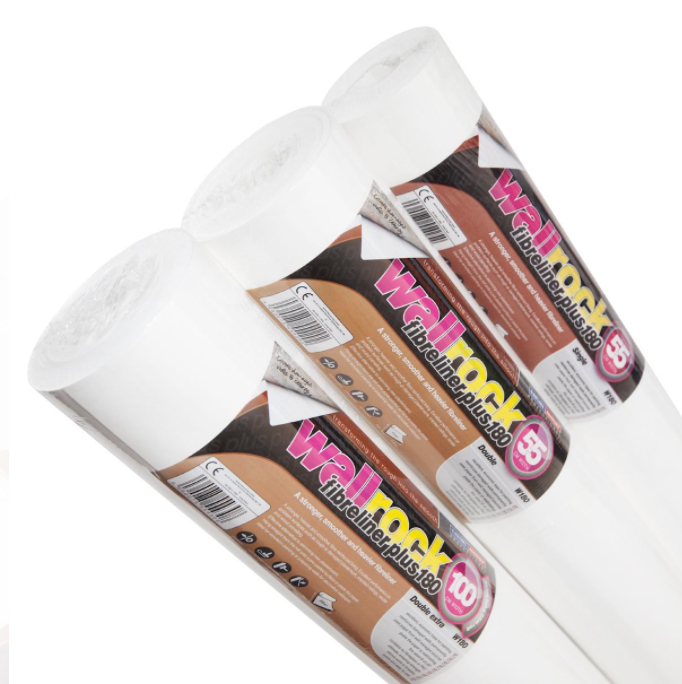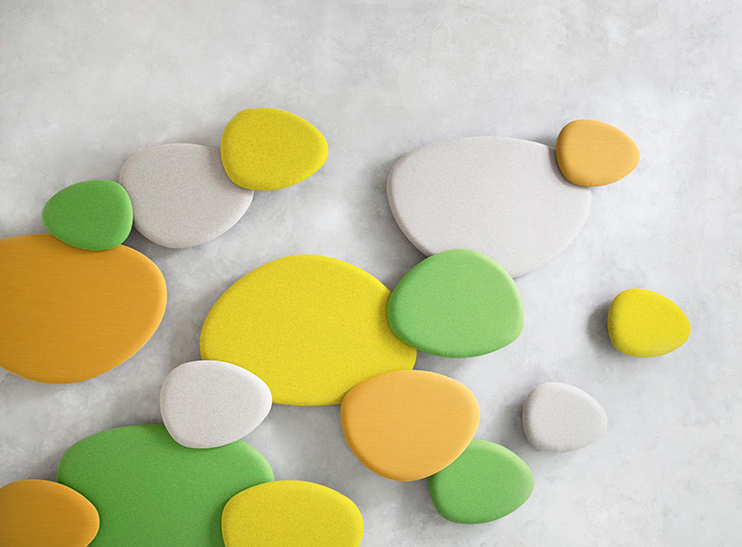Keep warm and save energy this winter
Snug as a bug in a rug? Or are you plagued by draughts and chills up your spine? With the cost of energy still so high you need Deco’s guide to a warmer, more eco-friendly home
By Kay Hill

There are plenty of things we can do to make life warmer and while some do cost a lot, others don't...such as wrapping up in a cosy fair trade quilt or a lovely wool throw. Duette honeycomb blinds are proven to significantly reduce heat loss through glass. Ecoease PET plastic secondary glazing is also a good product for conserving heat, as are FSC solid poplar wood shutters.
Turning up the central heating is a very expensive and un-eco-friendly way to keep your house warm. With the focus on energy saving measures to cut bills and the nation's CO2 emissions, there are plenty of things we can do to allow us to turn down the thermostat a good degree or so, even in the depths of winter.
Wrap up and keep out the draughts
If there’s a howling gale blowing under a door, then there are some gorgeous draft excluders waiting to come into your home. Find a good selection in John Lewis, Not On The High Street and Daughty Crafts.
Have throws and blankets on hand so you can watch telly in comfort without turning up the temperature; and if you're a home worker, drape a throw around your shoulders and resist the urge to put on the heating until the snow is a foot deep.
Find lovely quilts/throws/blankets at Reason Season Time, which has fair trade kantha quilts in fabulous colours made from unbleached cotton in Bengal £99), and the Tartan Blanket Company, which offers recycled wool blankets. They latter are woven in India and are made in India from 70 per cent recycled wool and 30 per cent recycled mixed fibres, £40. Find good wool and linen products at Bronte by Moon (products are woven at Abraham Moon & Sons' Yorkshire mill), Alison at Home, Tranquilitie, and Scottish Linen.
Cover your windows
The Energy Saving Trust estimates that if you have only single-glazed windows you're probably losing a fifth of your heat straight out through the glass. Energy efficiency of windows and doors is measured in U values, with the lower the figure meaning the better the insulation. For example, a wall has a U value of about 0.3 whereas a single glazed window has a U value of 5. Double glazing ranges from 3-1.6 depending on age and quality, while triple glazing can go down to 0.8. But it is very expensive to replace windows and if you're in an old property you can run into trouble with with your planning department. So if Listed Building or money troubles put replacement windows out of the frame, there are other options.
Historic Scotland’s Technical Conservation Group recently tested various forms of window treatments in a real life draughty Scottish house and concluded: 'Secondary glazing is the most effective overall option, as it reduced heat loss through the window by 63 per cent. Timber shutters are the most effective option of the traditional methods, reducing heat loss by 51 per cent; a Duette honeycomb thermal blind reduced heat loss by 36 per cent, a roller blind reduced heat loss by 22 per cent and curtains reduced heat loss by 14 per cent.The greatest reductions in heat loss came from combining these measures. Using secondary glazing or combinations of blind and shutters reduced the U value of the window to below 2.'
Secondary glazing: Forget about watching the world through blurry plastic, high-quality secondary glazing is almost invisible, inside and out. Ecoease for example, offers effective and affordable PET plastic secondary glazing held in place by magnetic strips. It's super easy to fit yourself and costs only around 15 per cent of the price of new windows, paying back its costs in heat saving in as little as 18 months. Senga Smykala is director of Ecoease, which is based between Edinburgh and Glasgow. She says Ecoease panels - which are made in Scotland from PET plastic manufactured in Ireland - are just 3mm thick and are easy to slot against your window and remove when you want to get fresh air in. Ecoease ready-made panels cost around £110m2.
Thermal blinds: Duette honeycomb blinds were invented back in the oil crisis of the 1970s and they are made in Britain. As well as thermal insulation properties that can cut energy bills by around 25 per cent, these blinds also offers light control and sound reduction.The Duette website has an easy-to-use online fuel savings calculator. Hillarys and Tuiss also offer ranges of thermal blinds.
Shutters: Real functional shutters can be great for shutting out draughts; but they are not particularly cheap. Solid FSC poplar wood shutters from Shutterly Fabulous will keep the warmth in and they are blackout too - not to mention very attractive. The company offers sustainable basswood and PVC shutters too. Santa Fe Shutters sells wooden shutters made from FSC-certified basswood or even more insulating versions in its Nevada HS PVC Polyvinyl range (yet another of those tricky greener living conundrums…).
Curtains: It seems obvious, but if you have curtains, draw them in evenings and only half open them during cold days. If your curtains aren’t lined, make them more insulating with a thermal lining (Dunelm Mill sells thermal linings from just £8 per m). It's easy to find good quality second-hand curtains or if you have new curtains consider a heavyweight fabric with an interlining and a separate lining for maximum efficiency (you could always have some lightweight sheers as well for the summer). The Natural Curtain Company offers curtains with cotton padding interlining and separate linings in a range of cottons, linens and velvets. For example, a pair of curtains in an Ian Mankin pure linen fabric costs from £325 with a thermal lining and padded interlining.
Insulating wallpaper
Obviously the first step to a warmer home is to carry out cavity wall insulation, but if you've already done that and your house is still cold, or if you have an older property without cavities, there are products for lining internal walls that stop heat disappearing into the street.
It’s not a new concept; back in the '70s chilly walls were often covered with cork tiles stuck on with a foul-smelling black glue, or thin layers of polystyrene that indented every time you knocked against it. The good news is that today’s products are more sophisticated.
At the budget end you can still buy polystyrene products, such as Saarpor’s Heatsaver, a simple 2mm layer of polystyrene that needs to be covered with lining paper before decorating. Saarpor’s Red Label Insulating Lining Paper (£8.19 for a 10mx50cm roll) is slightly more sophisticated, consisting of a 4mm polystyrene layer laminated to a high quality non-woven lining paper, saving time on decorating. Saarpor also offers a Graphite Insulating Lining Paper (£12.90 for a 10mx50cm roll) which has the added bonus that the expanded polystyrene is infused with graphic particles, giving 20 per cent extra insulating performance with no extra thickness.
These wallcoverings require specialist adhesives to go with them, the cost of which can be significant (for example, Wallrock thermal liner paste costs around £20 for 10kg, enough to apply 10 rolls of 50cm wide paper).
Moving on from polystyrene, not an eco friendly product in itself, Wallrock (also called KlimaTec) wall lining products from Erfurt are a major step up. They're made from textile fibres and come on rolls of various thicknesses. KV600 comes in 15mx100cm rolls and is 4mm thick (£105 a roll), Thermal Liner is 10mx705cmx3.2mm (£40 a roll) and Cosy Liner KV300 is 10mx75cmx1mm (£34 a roll). Wallrock products can be painted or covered with paste-the-wall liners or wallpaper. You'll find them at various online retailers.
While all insulating products are green in the sense that they reduce energy usage, some are green in manufacture as well. Pavatherm Thermal Board, for example, is a rigid insulating board made from pulped wood offcuts that comes in six thicknesses from 20-100mm. Because it comes as solid boards rather than on a roll it is a harder job to fit, but it is modestly priced from just £3.89 for a 1020x600x20mm board. See mikewye.co.uk for more details.
Insulating paint
While the evidence is not as robust as it is for insulating wallpapers, insulating paint is gathering a following as it is so easy to use. The principle is that the paint contains miniscule ceramic beads with a vacuum at the centre, forming a thermal barrier that reduces heat escaping.
Ecos Organic Paints offers an insulating paint that comes in 180 colours and suggests that savings in fuel costs of at least 10 per cent could come from repainting the house in it. The paint costs £69.18 for five litres. InsOpaint from Thermilate also comes in five litre tubs and suggests that two coats will cover 35 sq metres of wall. It comes in 24 colours, or can be painted over with decorative paint or wallpapered. (insopaint.co.uk £74.95).
Rather than buying a ready-made insulating paint, you can buy the ceramic beads in a powder form that can be added to your choice of paint. Insulat-MT by Thermilate comes as 200g of powder that can be added to 2.5 litres of paint (£13.14 from twistfix.co.uk).
The key to keeping warm is of course a bit of everything..seal up draughts, put draught excluders at the bottom of closed doors, cover your windows, insulate your walls, wrap yourself in a throw.. and only if you're still shivering should you reach for the thermostat and turn it in a clockwise direction....
